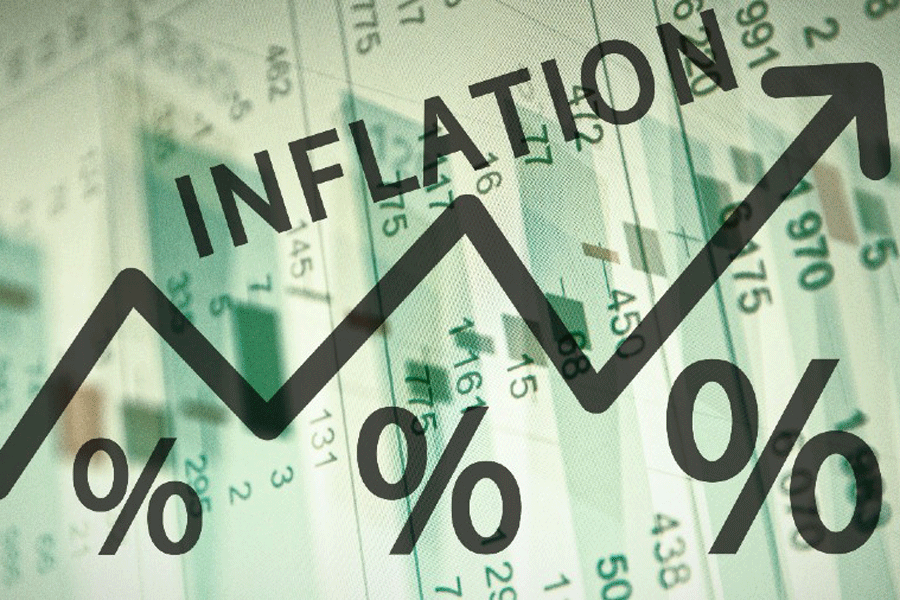The Centre is worried the lower sowing of rabi crops will result in higher inflation ahead of the 2024 general elections amidst a double-digit rise in the prices of cereals and pulses.
With rabi sowing on the final leg, data from the agriculture ministry showed the area under wheat is less than last year by 4 per cent, rice 2 per cent and pulses over 10 per cent.
The total area under all winter-sown crops was 2.9 million hectares (mh), a drop of 2.5 per cent compared with the previous year. The five-year average rabi crop area is 64.8mh.
The water levels in India’s 150 key reservoirs as per the latest weekly data have fallen sharply and are lower by 20 per cent because of deficient southwest monsoon rainfall and sluggish progress of the north-eastern monsoon.
With El Nino forecast to last up to April-June, farm experts have not ruled out
the possibility of moisture stress on the standing rabi crop.
Analysts said that yields could also suffer from higher-than-normal temperatures, often seen during the El Niño years.
Aditi Nayar, chief economist, Icra, said: “The lag in cumulative rabi sowing vis-à-vis year-ago levels as well as in reservoir storage do not augur well for food prices, although the pace of annual inflation could moderate somewhat on the back of upcoming favourable base effects in January-February 2024.
“Besides, the impact of El Nino on moisture levels poses a concern, as it may prove to be unfavourable for the yields of rabi crops such as wheat.”
“Amid delayed paddy harvesting in some states, the cumulative rabi sowing trailed the year-ago levels with crops such as rice, wheat and pulses recording a steep lag over the year-ago levels. This is likely to exert upward pressure on prices,” Icra said.
Icra has forecast the growth in gross value added in agriculture, forestry and fishing at sub-1.0 per cent each in the third quarter and fourth quarter of 2023-24,
“This would translate to a sub-2 per cent agri GVA growth in 2023-24. The bleak prospects for rabi output cast a shadow on rural sentiments and consumption demand, going forward,” it added.
CareEdge said: “Given the lingering uncertainty around kharif production and rabi sowing prospects, high food prices cannot be shrugged off as entirely transient and could further feed into the inflationary expectations.”
Supply-side interventions by the government become crucial at this juncture to ensure sufficient buffer stock of essential food items.
Retail inflation, or consumer price index (CPI)-based inflation, was at 4.87 per cent in October, down from 5.02 per cent in September and 6.83 per cent in August.
It rebounded in November to a three-month high of 5.5 per cent.
Data showed inflation for vegetables has increased to 17.7 per cent in November from 2.8 per cent in October.
Inflation under the head pulses and products remained elevated at 20.2 per cent,
cereals and products, at 10.3 per cent, and fruits at 11 per cent.










